As any individual who has ever eradicated a common houseplant will attest, it’s not simple maintaining foliage healthy. We domestic plant predators prefer to think alike, that’s why we choose low-light varieties.
The daylight is a major component of vegetative survival, but inadequate lighting doesn’t automatically equate to minimal sustaining because, we’re going to encounter it, there are many other elements at play.
Therefore, let us assist you if you’re seeking to fill your area with indoor plants but are unsure of where to begin.
The greatest low-light vegetation can grow with relatively little ultraviolet radiation and may even endure prolonged periods of darkness (such as the whole winter). A pair of the greatest indoor plants for poor lighting circumstances are believed to be amiable snake plants and ZZ plants.
For fresh plant caregivers or those who struggle with vegetation, the best approach is to combine inadequate sunlight with little upkeep.
After getting settled into it, we advise beginning with a particularly simple plant’s surface, such as a plant pothos. or spider plant, then building your arsenal from there as well.
Staghorn Fern:
Water: Once a week, possibly less in the winter
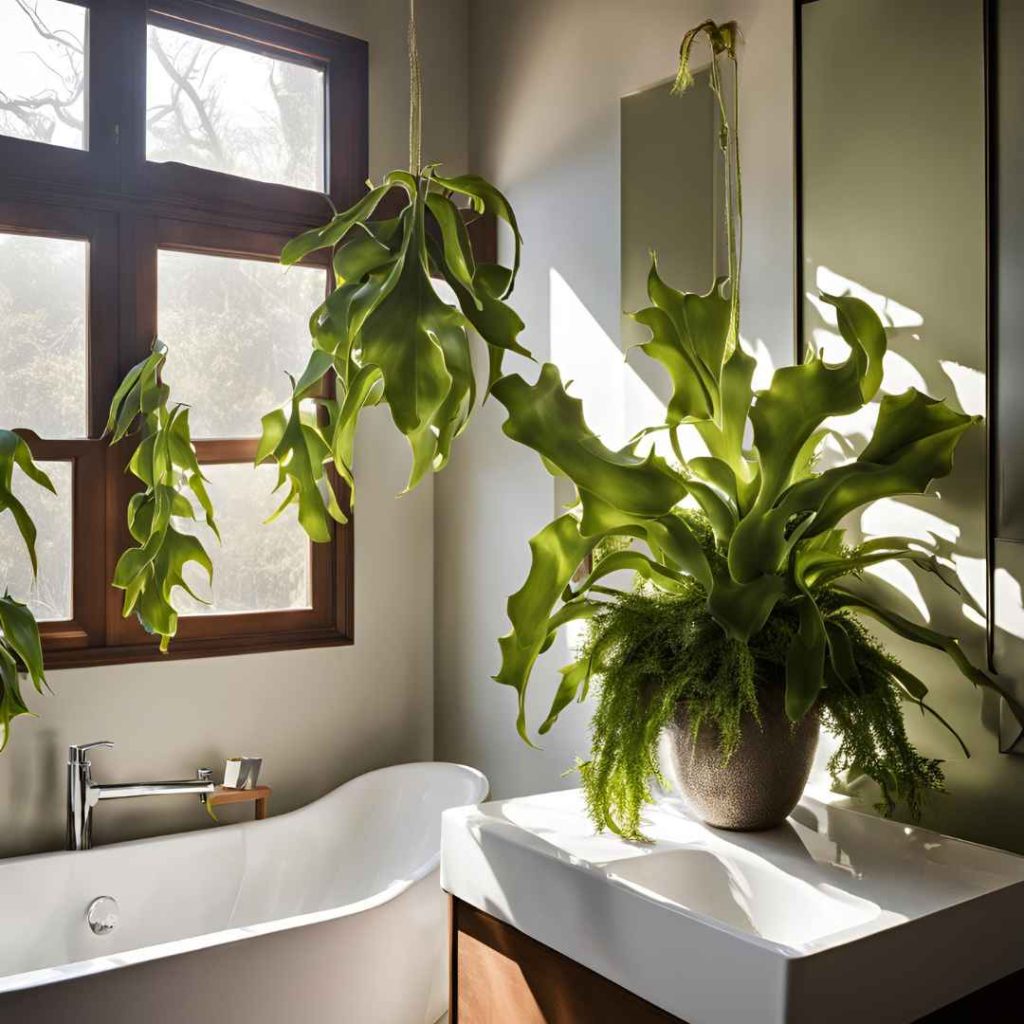
Restricted sunlight along with elevated moisture are ideal conditions for staghorn fern growth. Although they require more upkeep than several from their tropical counterparts on our list, they are still exceedingly worth the cost.
Ensure that to provide adequate ventilation, hot weather, elevated humidity, and steady dampness to maintain the well being of yours.
In addition to being attractive, they additionally possess the ability to clean the surroundings, making them perfect for restrooms and dormitories. However, since they are not harmful to pet animals, you are welcome to place them anywhere.
Heartleaf Philodendron:
Water: Approximately every two weeks
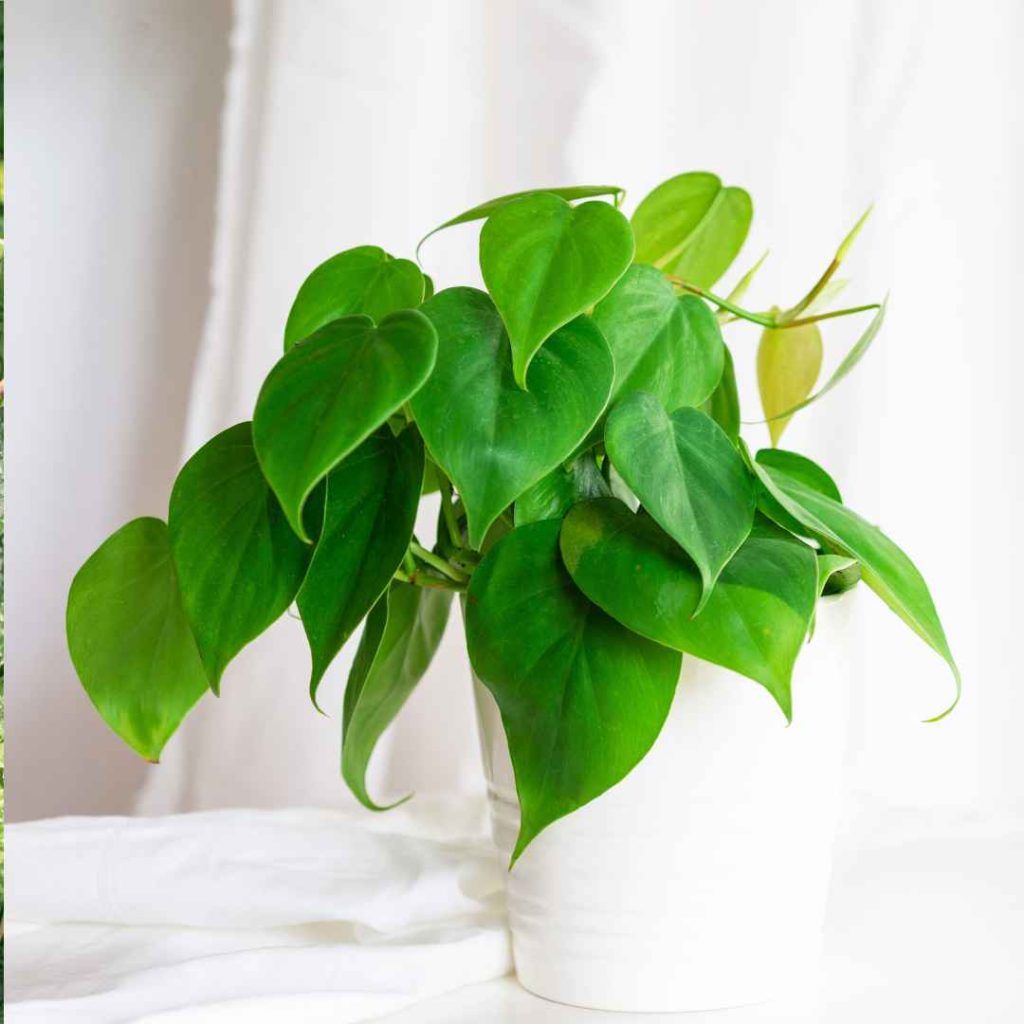
The shiny leaves of the vegetation, which gave rise to its nickname “sweetheart plant,” can withstand low light levels but need to be pinched to keep from sprouting into long, solitary branches.
Reposition them on a periodic basis, hydrate its substrate daily, and trim it frequently to maintain your flourishing. But don’t let the moniker deceive you—if consumed by animals of any kind, these kinds of vegetation are extremely hazardous.
Dieffenbachia Plant:
Water: Every two weeks.
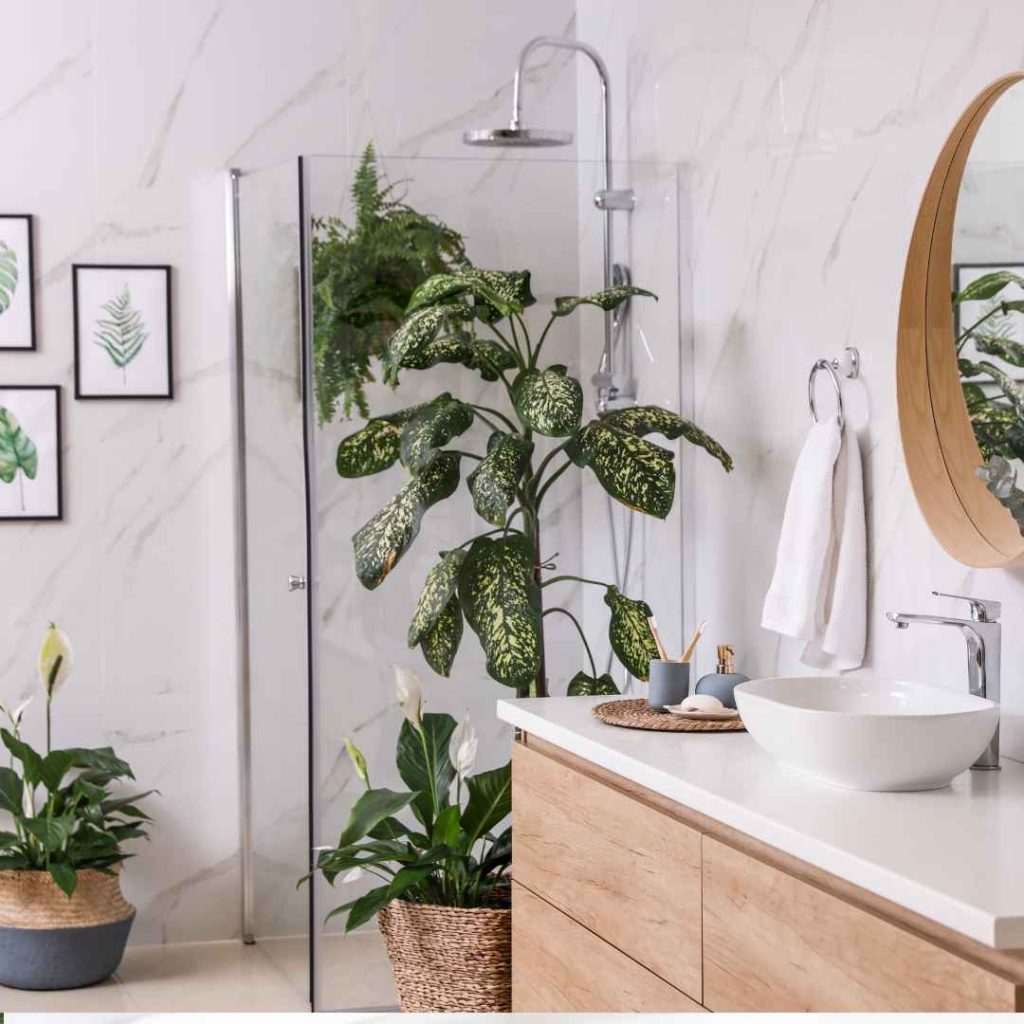
Dieffenbachias thrive in daylight through filters, so consider using a window covering to shade your luscious foliage from the sun’s occasionally intense rays, particularly in the springtime and summertime.
When the leading few inches of gravel are entirely drained, resist soaking it and then add sufficient liquid inside the planter to moisten the soil. Similar to the previously multiple houseplants on our checklist, this particular species is poisonous to pet animals, so be sure to maintain it out of reach of your furry friends.
Calathea Peacock:
Water: Approximately every three days
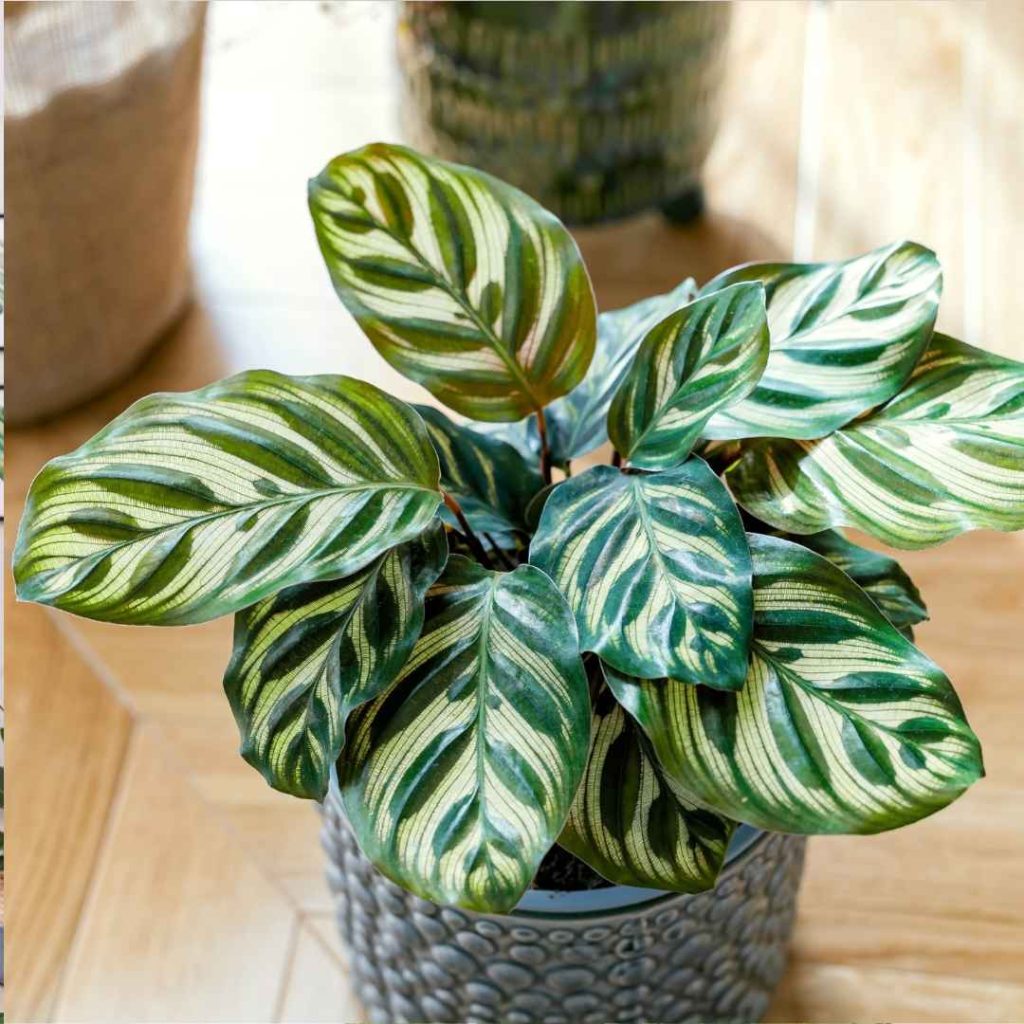
The vibrant calathea, speckled with blushing and scarlet, gives your domestic assortment of plants a striking pop.
It could be spending at least eight hours a day in the sun because it enjoys the direct sunlight immensely. Nevertheless, it is content in the shadows. This particular plant is suitable for pets and harmless.
Variegated Schefflera:
Water: Once every ten days
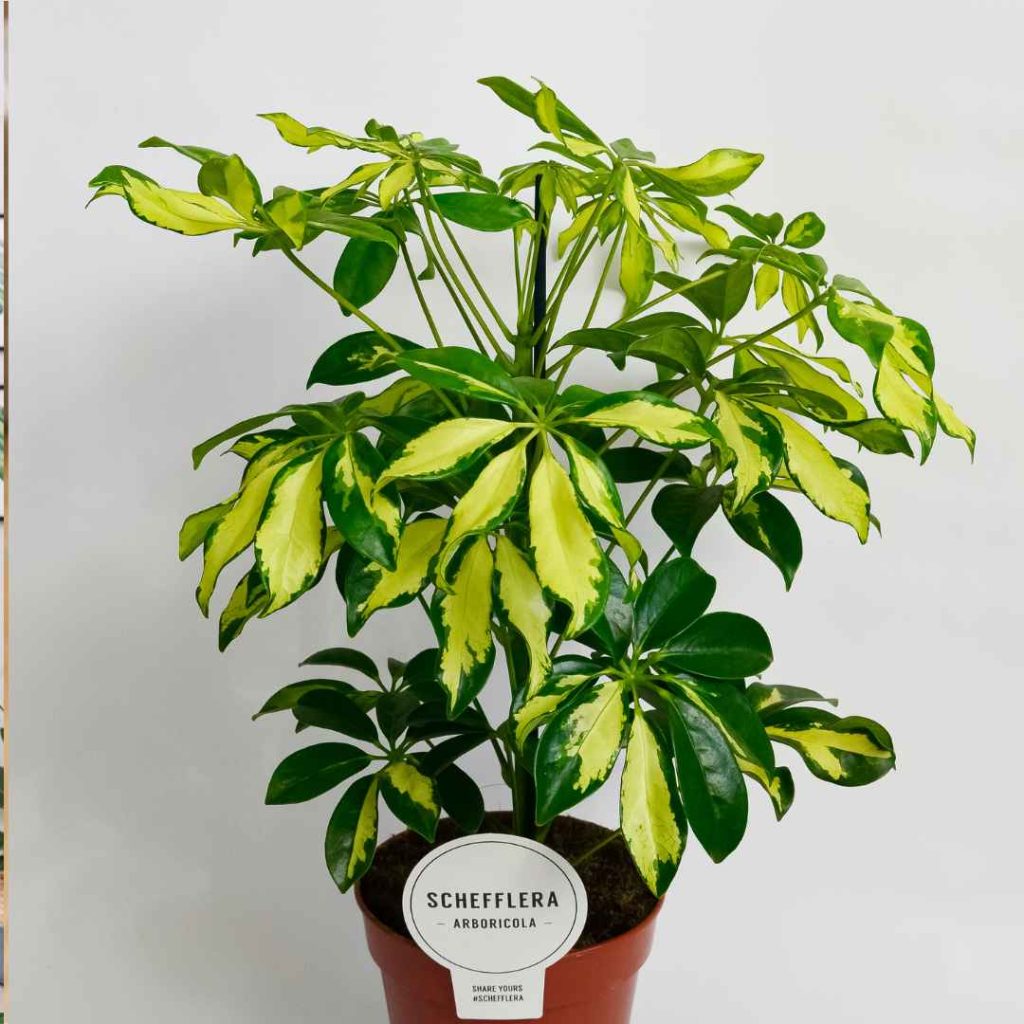
Native to Taiwanese and southern China, variegated Schefflera species bloom cautiously, so you have no need to be concerned regarding them taking over a restricted area. This makes them an excellent lesser-light option.
The sole issue? It could not have been an appropriate plant to choose if you have pets of any kind since these plants are not suitable for pets and can only be placed on ground level.
Peperomia Obtusifolia:
Water: Approximately every two weeks
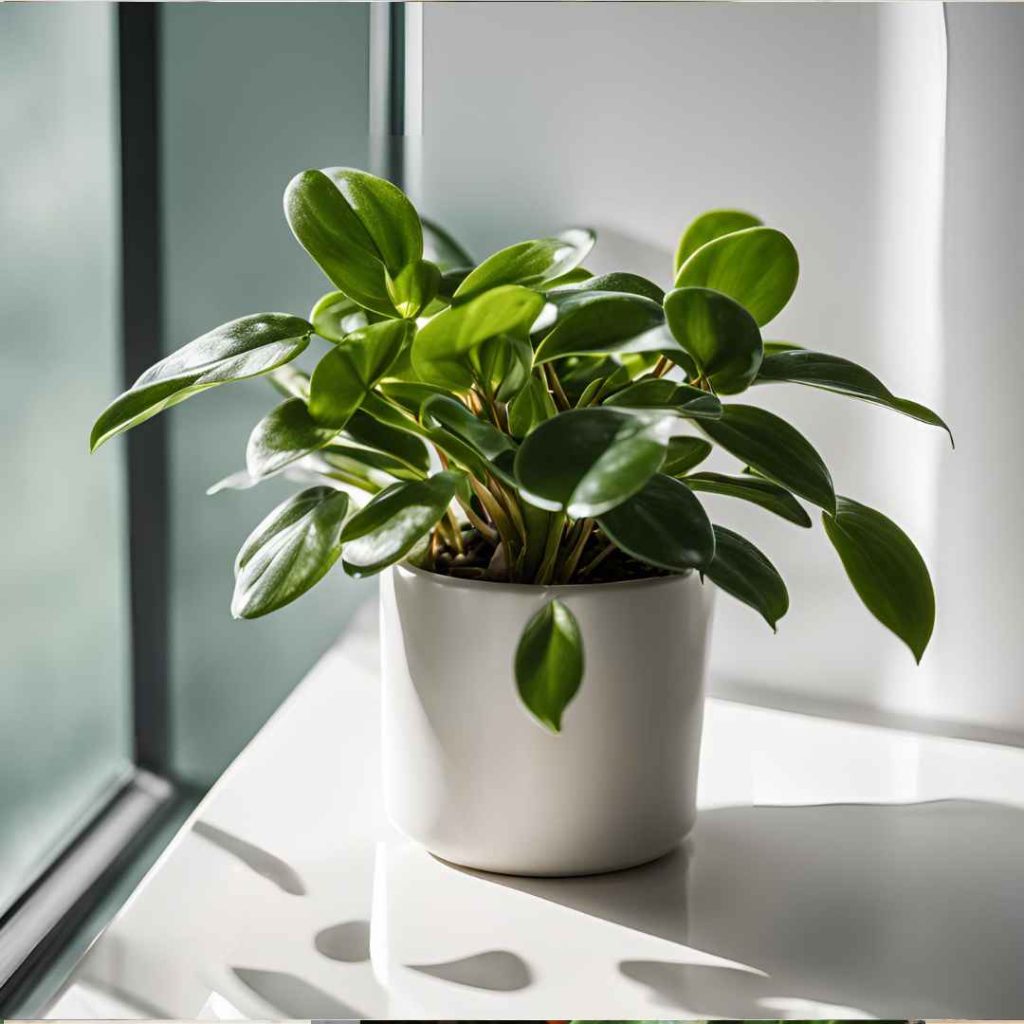
This adorable tiny plant can withstand a dimly lit environment and is accommodating to pets thanks to its dense, spoon-shaped foliage. In reality, sticky leaflets can be harmed by very strong radiation.
Bird’s Nest Fern:
Water: Every one to two weeks, or more frequently in warmer conditions
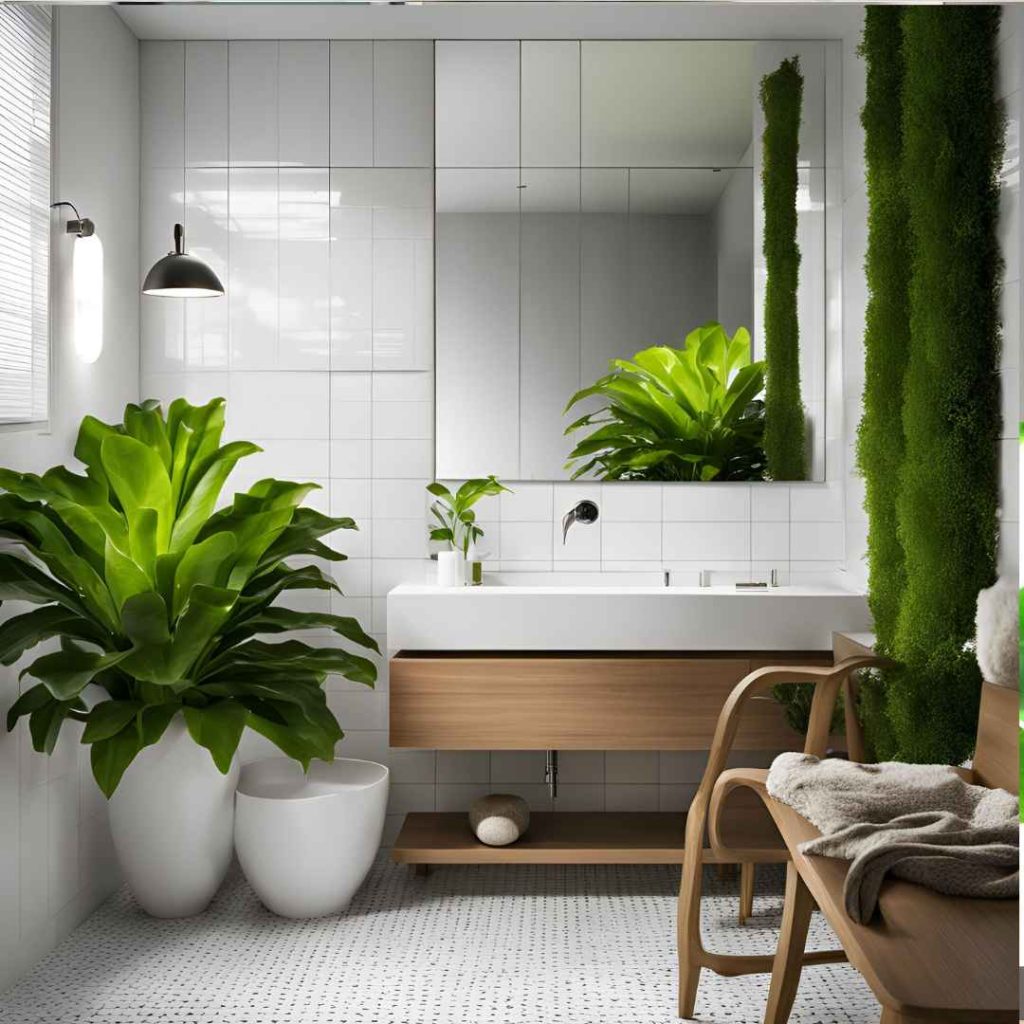
The bird’s nest fern has a quirky, playful appearance due to its ruffled tips. Another species that is suitable for pets is the bird’s nest fern, which may grow in moderate to minimal indirect illumination.
It cannot develop roughly as quickly in a gloomy environment, as is the situation with comparable vegetation, but it won’t become significantly less healthy—especially if it’s receiving adequate nourishment. Lastly, it poses no threat to people or animals.
Ponytail Palm:
Water: Every two weeks.
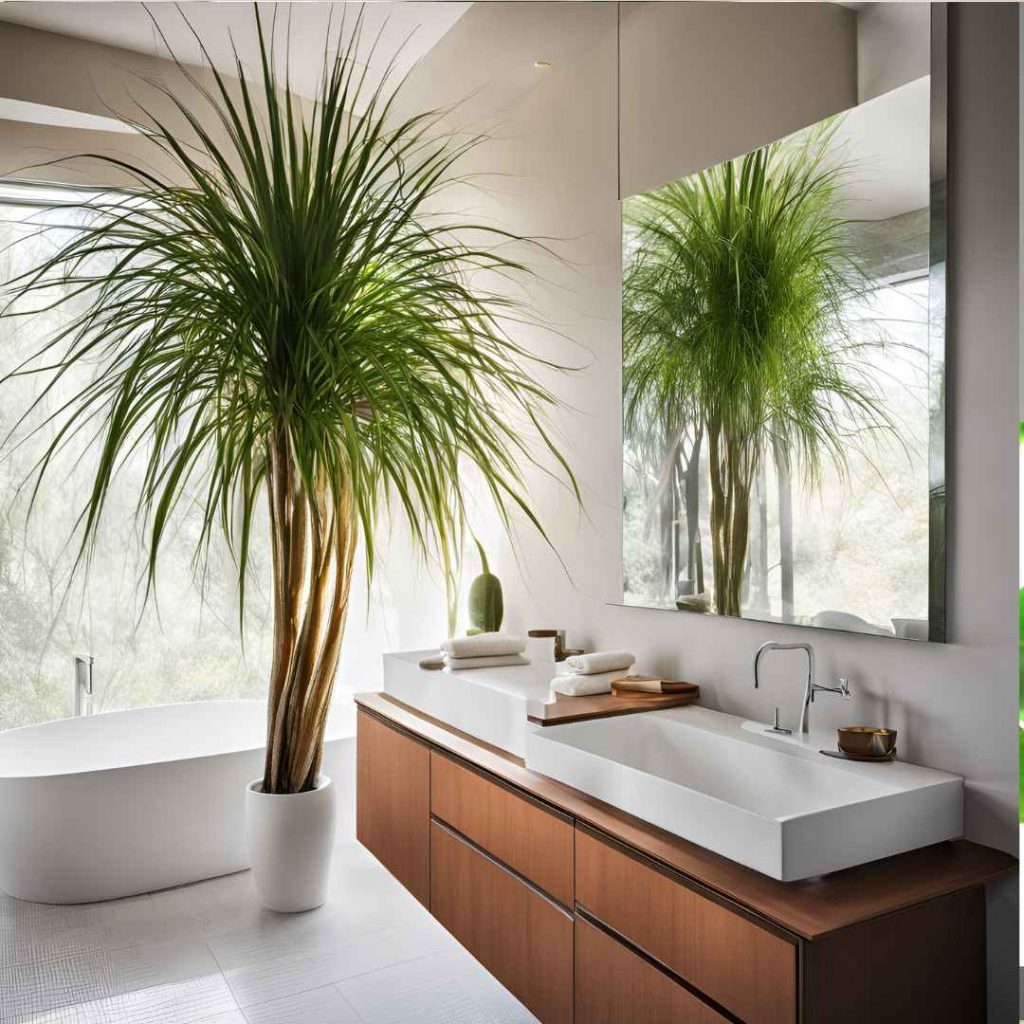
Known by many as the Dr. Seuss tree, this funny plant can develop into a full-fledged tree or just the right size to sit on a surface. It can also adjust to almost every lighting level and thrive there.
Relatively scarce moisture is ideal for the growth of these plants. They’re also safe for household pets, which makes them a great option for someone wishing to incorporate some lush vegetation into their interior design.
Money Tree:
Water: Every three weeks, six to eight gallons
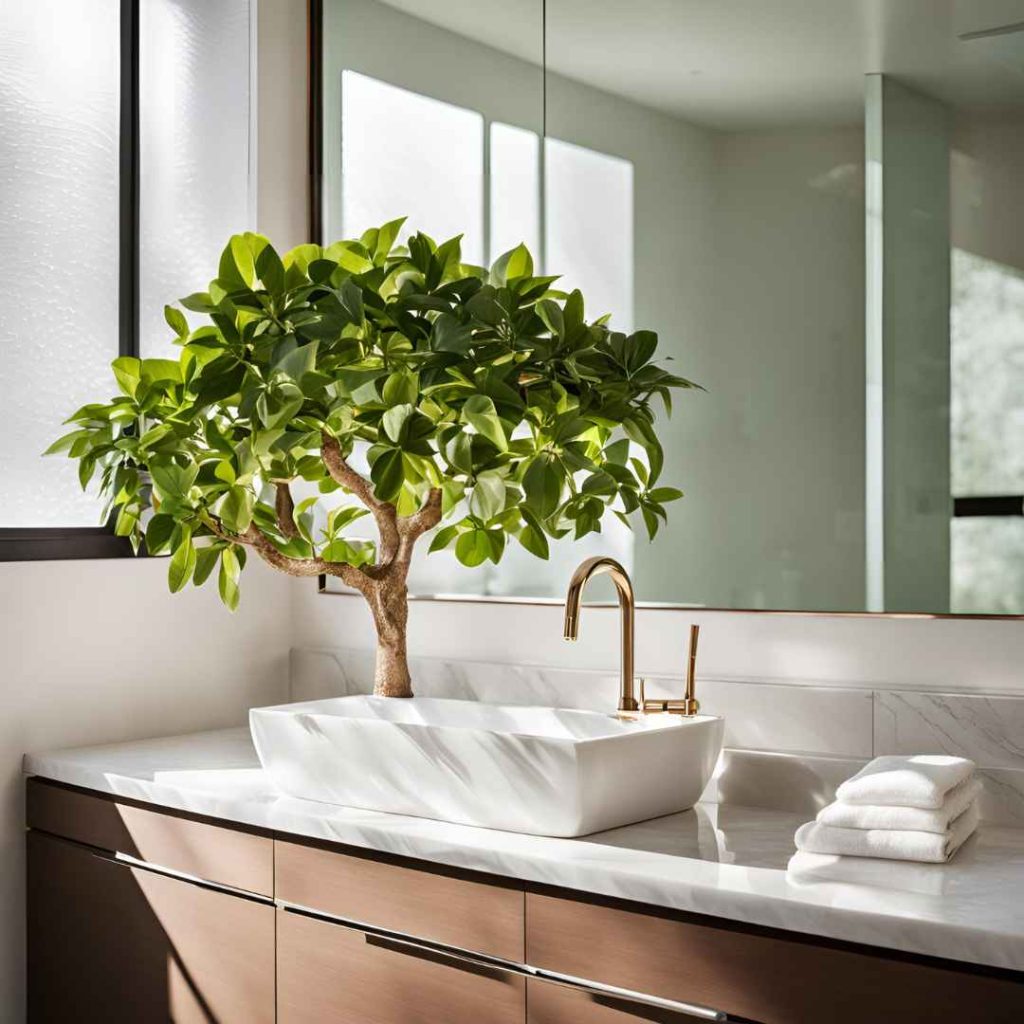
A money tree is a good choice if you’re looking for a bigger residential planting that can withstand moderate-indirect radiation and is safe for pet animals. Its sleek, twisted column draws attention right away.
It’s also quite simple to maintain. Just make sure you put it in a mixture of soil that drains properly and set it approximately inches distant from a bright windowsill. Occasionally turn it to maintain its steady growth rather than straining toward the opening in the glass.
Red Anthurium:
Water: Approximately every three days
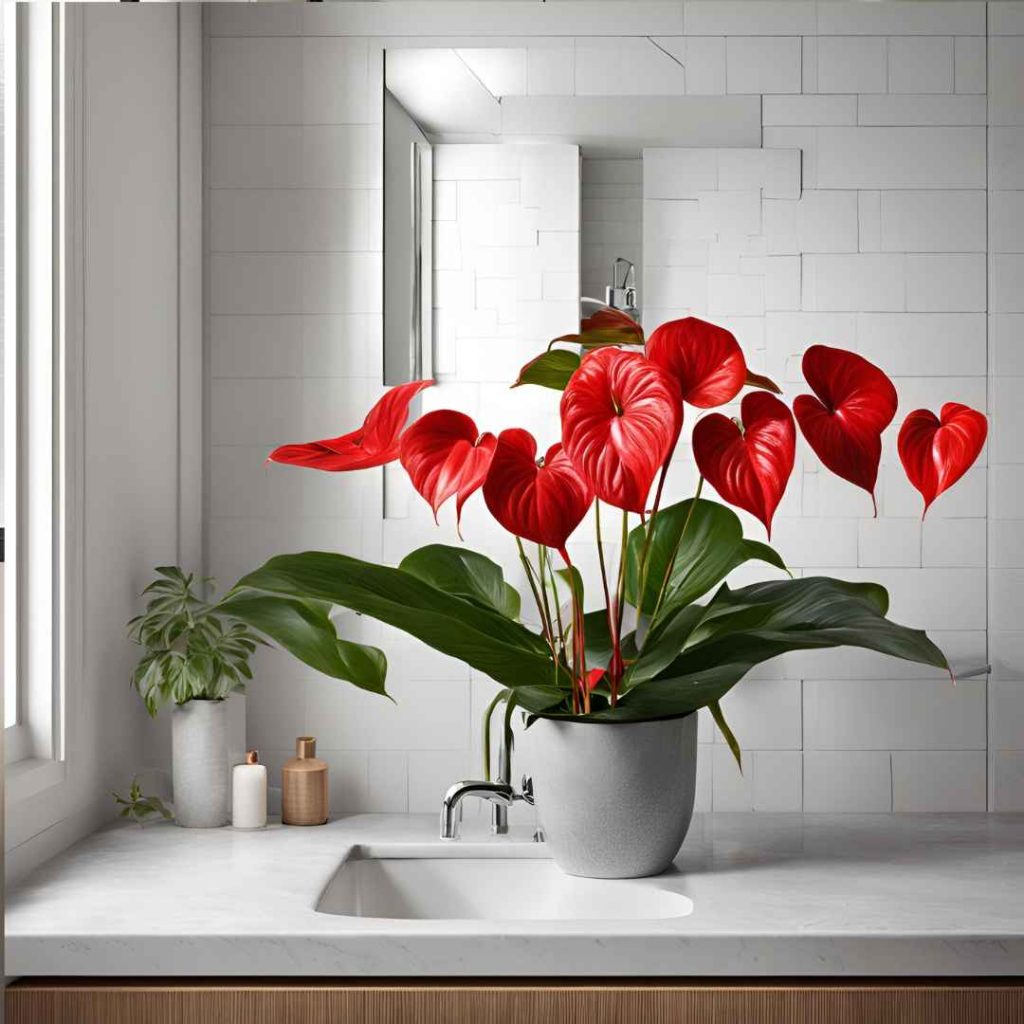
A crimson anthurium is the ideal option if you want to add a pop of color to your house! The flowers of the flamingo blossom, as it is frequently called, may continue to bloom for a period of eight weeks.
Philodendron Brasil:
Water: a single time per week
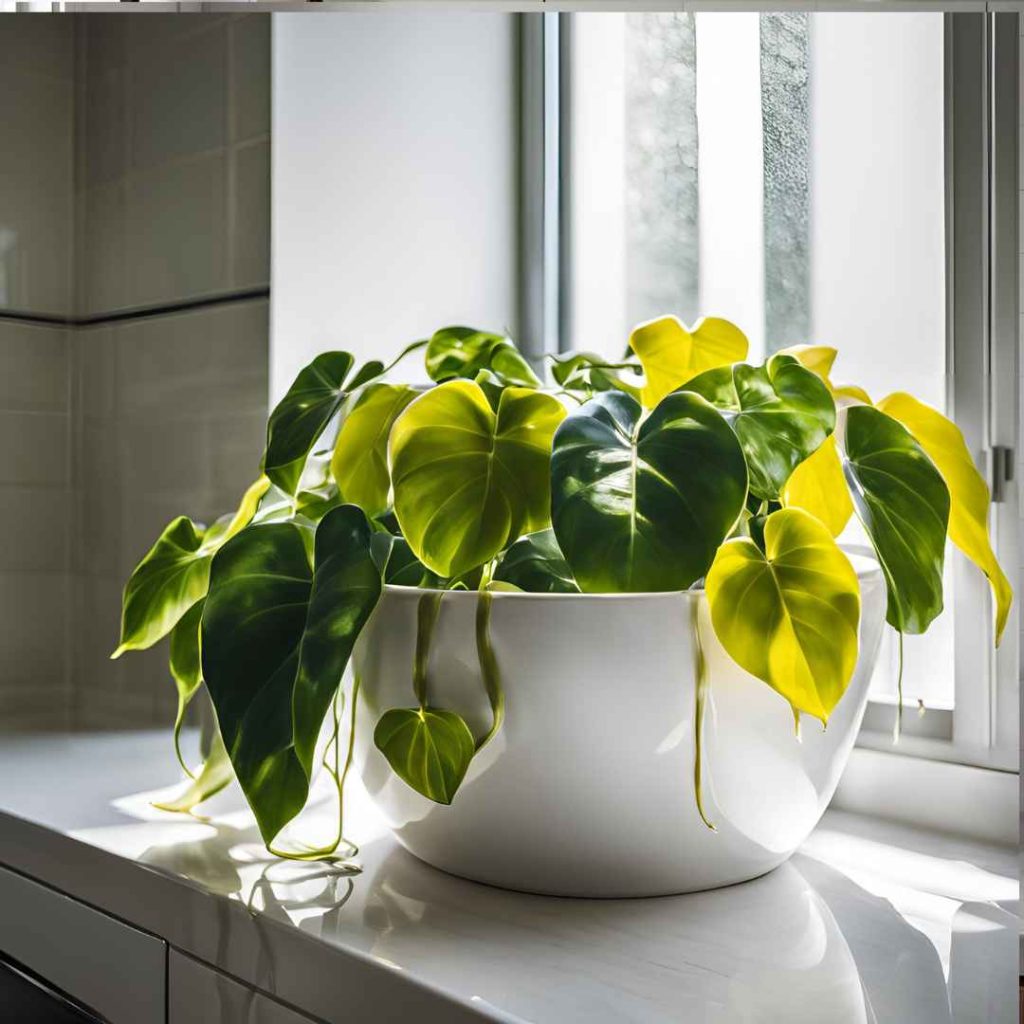
The Philodendron Brasil is an excellent choice for adding vibrant shades to an unoccupied wall or windowsill, as it may reach a height of three to six inches from its base layer to the highest part of the leaves.
Although it can tolerate moderate to minimal levels of indirect illumination, it prefers intense oblique daylight. Simply put, maintain it out away from your animals’ fingers as it can be highly harmful to pets of all types.
Zz Plant:
Water: Approximately every three weeks
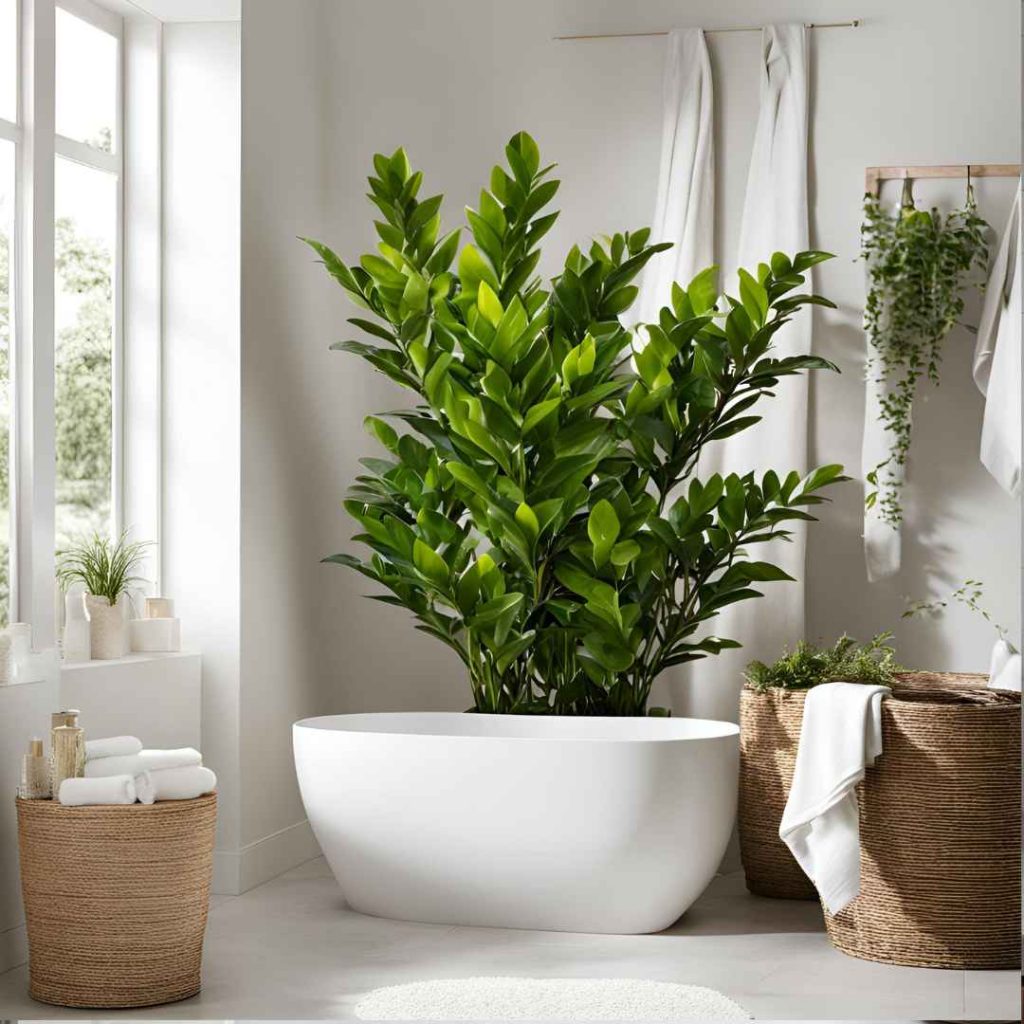
The ZZ plant is a great choice for novice plant breeders because, in contrast with conventional plants, it only has to be watered periodically. Although it can easily withstand poor daylight, it performs exceptionally well in moderate to intense indirect lighting.
Just pay attention to watering it as soon as you discover that the ground has thoroughly dried out if you’re placing it in direct sunshine. Above all, maintain pet animals well away from this poison.
Which House Plant Is Ideal For Low Lighting?
Numerous plants, such as the staghorn fern and snake plant, can survive with limited lighting. We advise beginning with a simple plant, such as pothos or lucky bamboo, and working your way from above there.
Which House Plant Is Light-Independent?
While plant life requires light, some require far fewer rays and can survive exactly as well under synthetic illumination as they can in the direct sunlight. In actuality, the ZZ plant, also known as the eternity plant, thrives better in shaded areas.
In actuality, bright sunshine will ignite leaf tissue and prevent the sprouts from developing. Fear not—this plant is drought-tolerant and requires little irrigation, corresponding to The Sill, so you don’t necessarily need to douse its foliage in water.
It may stay nourished for an extended length of time since it gathers water from its surroundings. It’s a fantastic option for a workstation or corporate environment, or for a novice plant caregiver.
